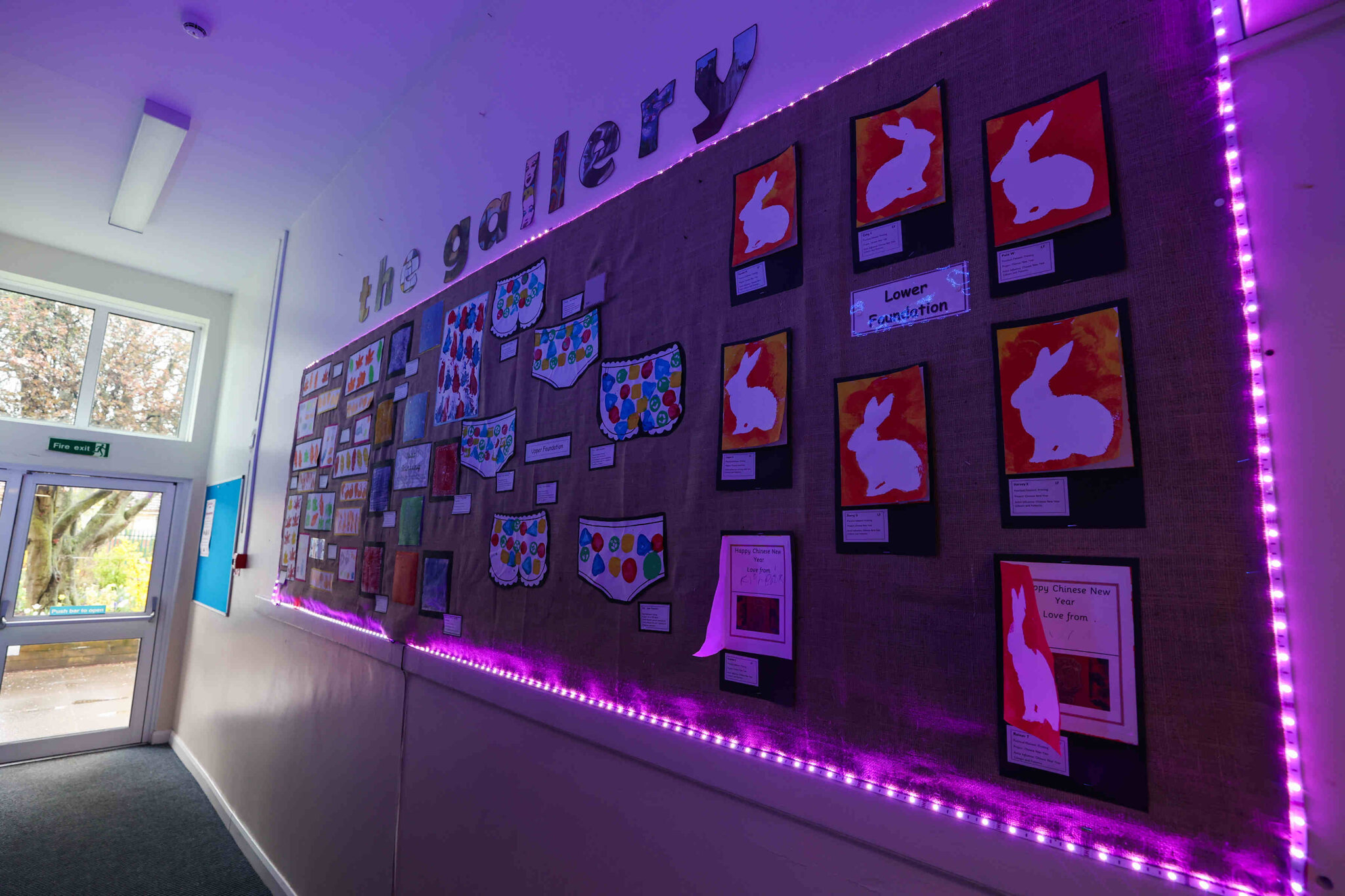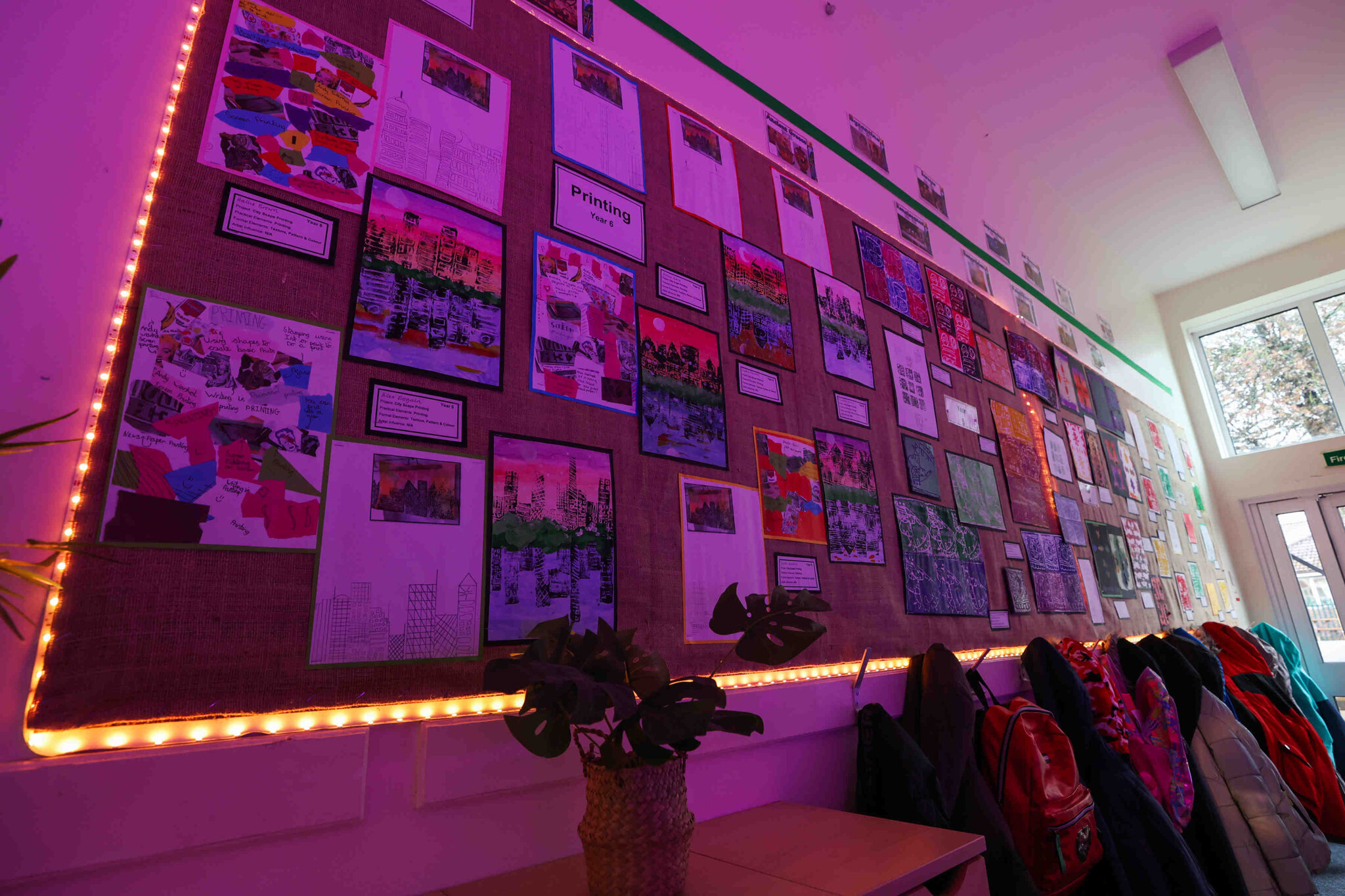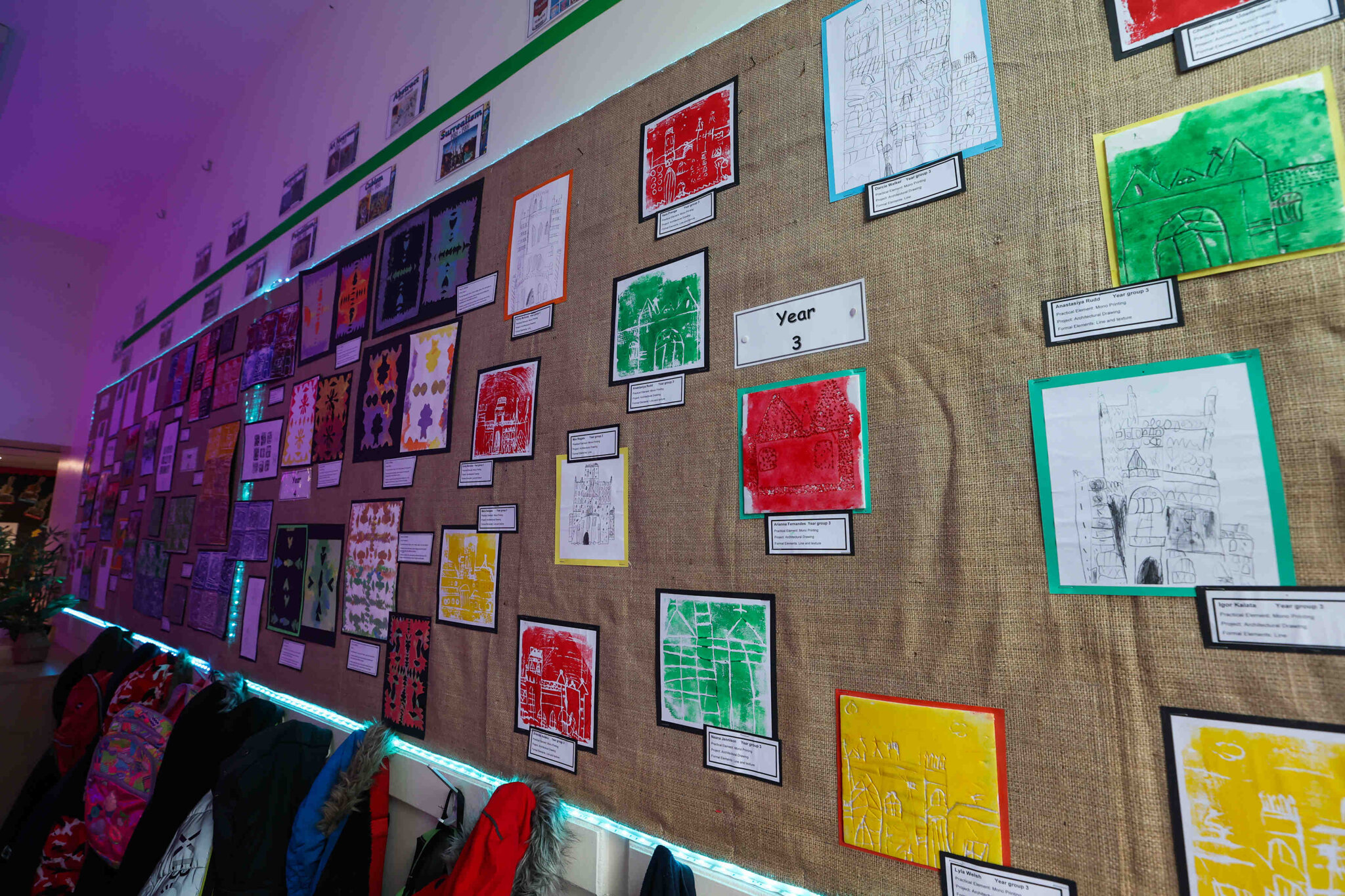Art and Design
Intent
Art and Design is valued as an integral part of children’s entitlement to a broad and balanced curriculum and is a crucial component of growth and development of the whole child. Art and Design provides all children with the opportunities to explore, develop, and extend skills and provides opportunities to express and celebrate individual interests, thoughts, and ideas. We see art and design as a means to support learning in a range of ways. The skills that are developed in these subjects can be transferred across the curriculum and thus aid learning.
Our aim is to provide a curriculum that will allow the children to be:
- Creative, reflective artists with a positive attitude to their own work.
- Confident in applying a range of practical skills in the areas of drawing, sculpture and painting.
- Experienced in a range of art styles and the work of local, British and global artists throughout history.
Our Art and Design curriculum is progressive, expressive, and inclusive, building continually upon prior learning and exploration.
Implementation
As a school within the Bishop Hogarth Catholic Education Trust, we teach a detailed progressive set of skills devised by subject specialists (with industry knowledge, across the field Art and Design teaching education). This ensures that progression is clearly mapped from Early Years to the end of Key Stage 3. Carefully mapped skills progression ensures that skills are built upon in each phase of learning and an end point of skill acquisition is transparent across each phase.
Our Progression of Skills covers the Statutory Framework for Early Years and the National Curriculum for Key Stages 1, 2 and 3.
Our Skills progression is split into 5 strands of learning, ensuring depth of experience and progression.
These areas are:
- Artists and Artwork
- Printing
- Sculpture and Collage
- Painting
- Drawing
The study of artists and artworks and thinking skills underpin curriculum understanding. Knowledge and understanding of the formal elements, which underpin the concept of Art and Design are woven through each strand in learning, ensuring that fundamental knowledge and the language of art and design are regularly revisited.
Each strand of skills progression offers example content as well as tier 2 and 3 vocabulary, ensuring that core knowledge and skills are revisited and built upon regularly. Children will know more and apply their learning over a range of contexts.
Skills progression strands may be taught through a topic-based approach, a skills-based approach or a blended style to ensure context and skills development in line with wider school curriculum delivery.
The underpinning formal elements are:

Impact
When pupils leave our school, they will have explored and developed a wide range of skills in a relevant, creative context and will be able to articulate their ideas both visually and verbally across a range of disciplines. Our children will have developed their creative skills across a range of media and will be equipped with a range of knowledge and skills. Children will have a firm foundation of knowledge and skills on which they will be able to build as they progress into Key Stage 3.
St Bede's Art Gallery


